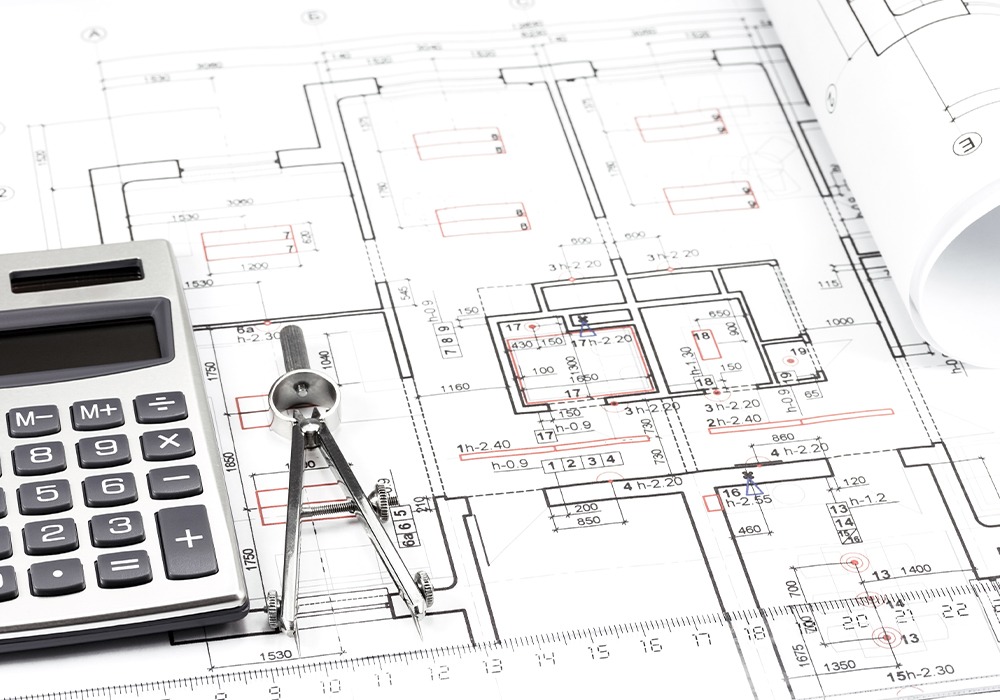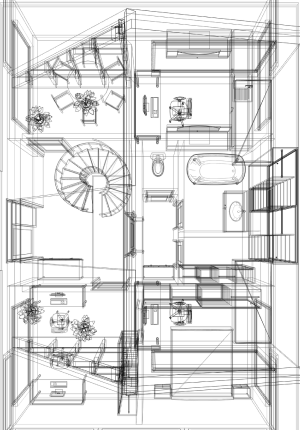South Carolina Residential and Light Commercial HVAC Design Experts
HVAC Design Services In South Carolina
The HVAC design in your South Carolina property is critical to your comfort.
South Carolina offers some of the most renowned historic sites, plantation homes, beaches, theme parks, and golf courses in the country. It is a great place to be if you are looking to relax in the sunshine or go on a mountain hike. Average temperatures and total precipitation vary widely across the state, with the annual average temperatures varying from the mid-50s to low 60s. ProCalcs is the place to go for South Carolina Residential and Light Commercial HVAC Design solutions.

Manual J - Residential Calculations in South Carolina
Summers in South Carolina are hot and humid, with daytime temperatures averaging near 90 °F (32 °C) in most places across the state. A good HVAC system is vital to meet your daily energy needs, making your home comfortable. Manual J protocols for HVAC design involve reviewing the amount of heating and cooling you need for your home. Accurate calculations are vital to determine how efficient or powerful your HVAC system should be.
A Manual J calculation, designed by the Air Conditioning Contractors of America (ACCA), relies on computer programs to accurately assess the demands of a house. A perfectly designed HVAC system will generate the correct temperature without wasting energy. Perfect sizing depends on various factors, including the region’s climate, the home’s square footage, the height of the space, insulation grade, the number of windows, and building air tightness.
Manual N - Light Commercial Properties in South Carolina
The Manual N standard determines the proper size of HVAC systems in light commercial properties. When assessing the building’s needs, we determine the amount of heat gained or lost internally and externally. We work with small to medium-sized commercial buildings that need HVAC load calculation. Our ProCalcs experts know how to calculate commercial heating and cooling load accurately to make sure you have a correctly sized system for your property.
Manual N takes into account factors such as building orientation, the interior lighting, the number of windows and how they appear, number of occupants, and more. We understand that modern commercial construction involves new building techniques and materials and make sure everything is up to code for comfort and ventilation requirements. Our HVAC designs for light commercial buildings based on Manual N calculations promote safety and functionality.


Load Calculations in South Carolina
HVAC load calculations involve measuring the BTU required for your HVAC system. The calculation takes into consideration the property’s square footage, the number of windows around the space, the exterior doors, and other factors. South Carolina is in Climate Zone 3, with areas near the coast considered warm-humid. This means that both cooling in the summer and heating in the winter are important. Buildings are typically also required to bring in fresh air. Our experts identify different options, creating an effective solution for your specific needs.
Energy Calculations in South Carolina
With the high cost of energy today, every South Carolina property owner must look for ways to avoid wastage. Your HVAC system needs energy to remain properly active and functional, but you can avoid wastage. Our HVAC design energy calculations will help you determine how your property will manage its load. For accurate calculations, consider the age of the building and any updates made.
At ProCalcs, we have the knowledge and expertise to handle any job, making your property functional and energy efficient. If you are ready to calculate and plan your HVAC load in South Carolina, contact us today.

ProCalcs will assist you with all the residential and light commercial HVAC design support you deserve in South Carolina.
Explore our website today to learn more about how our services work, and what you can expect out of a project. You will appreciate how we can serve your unique HVAC design demands.


